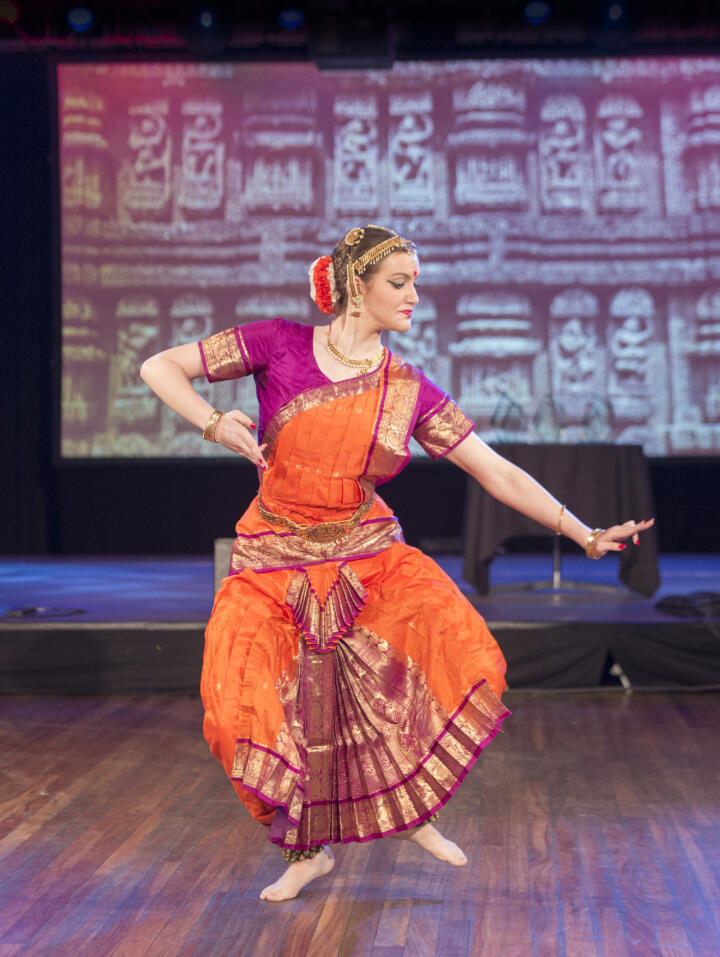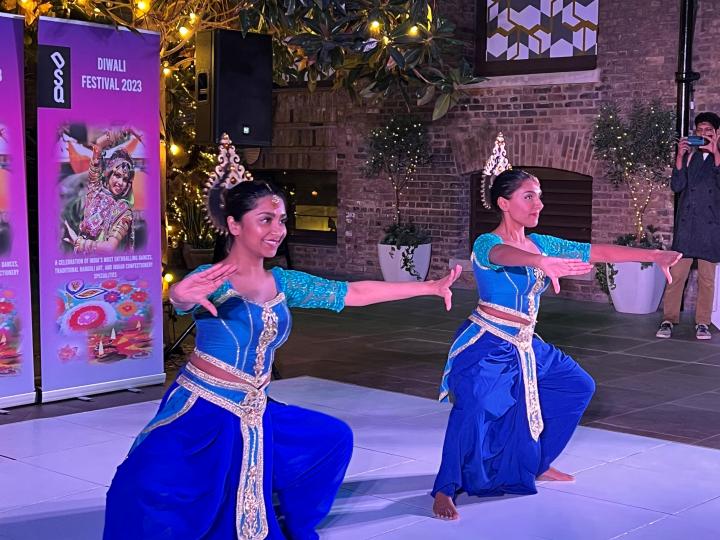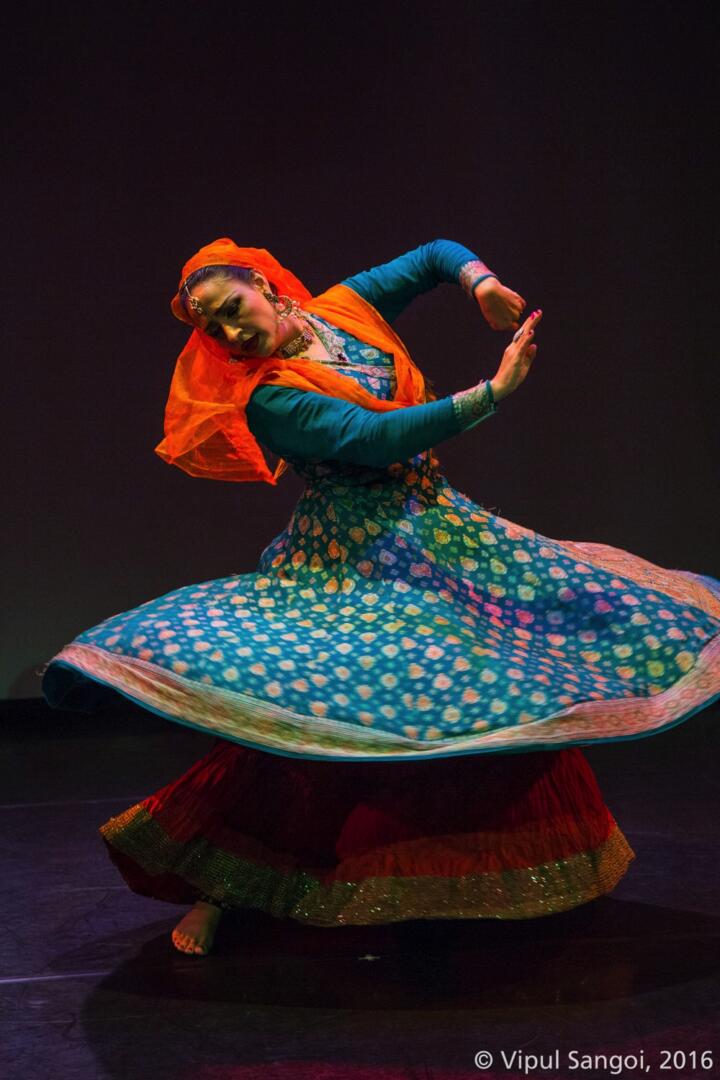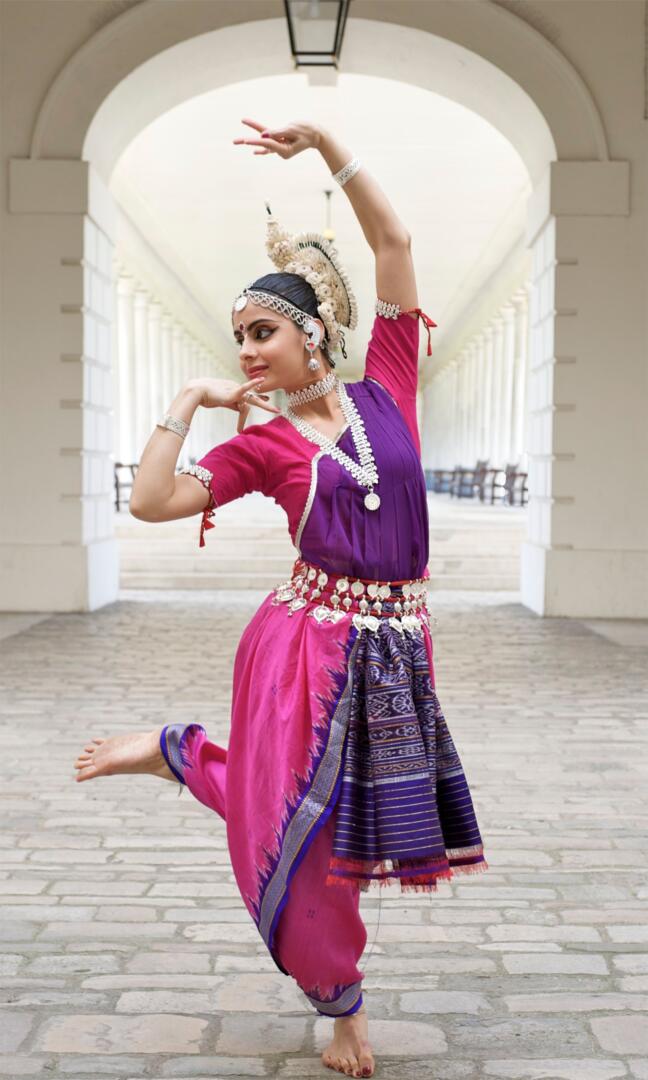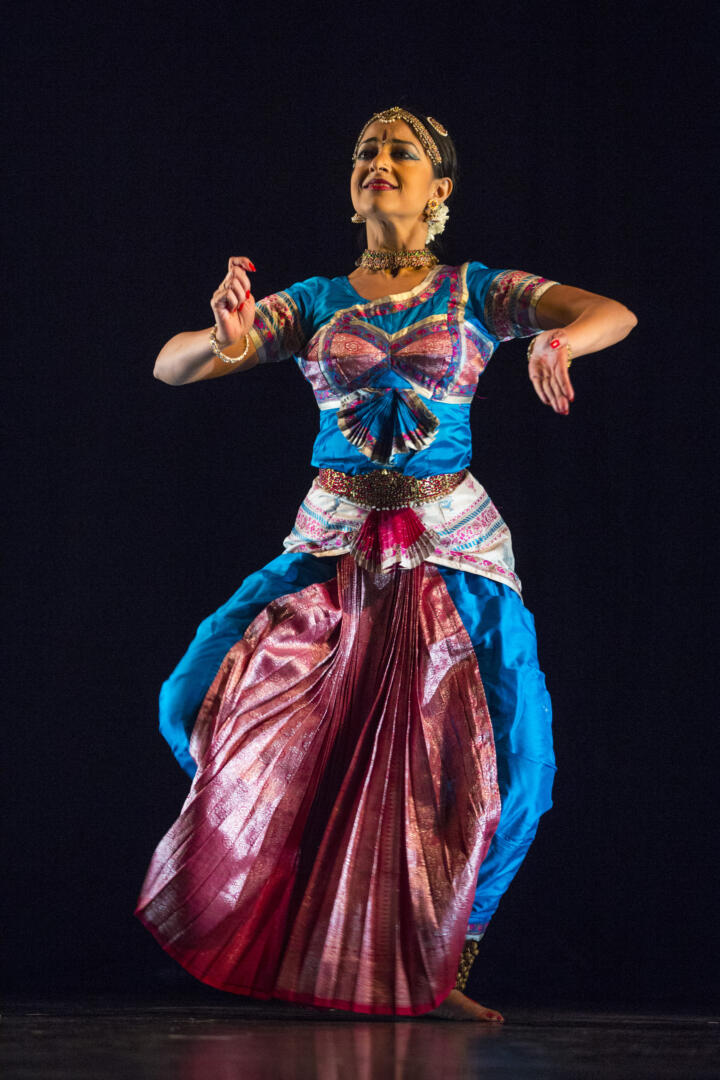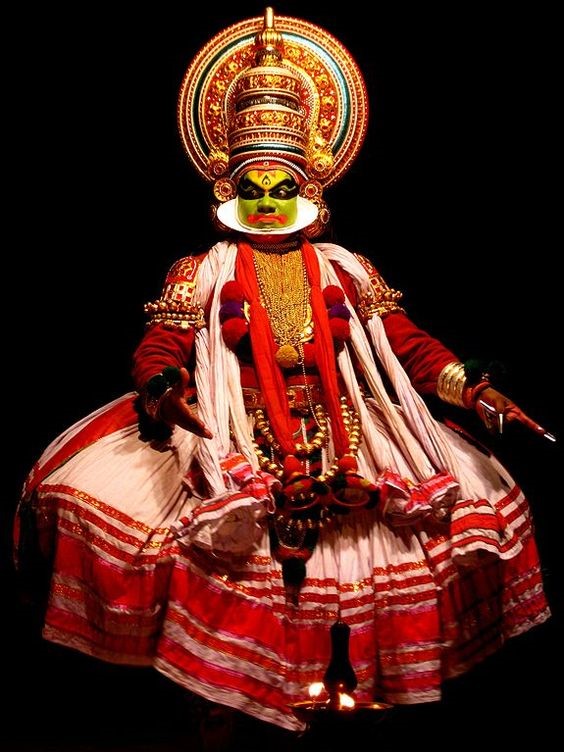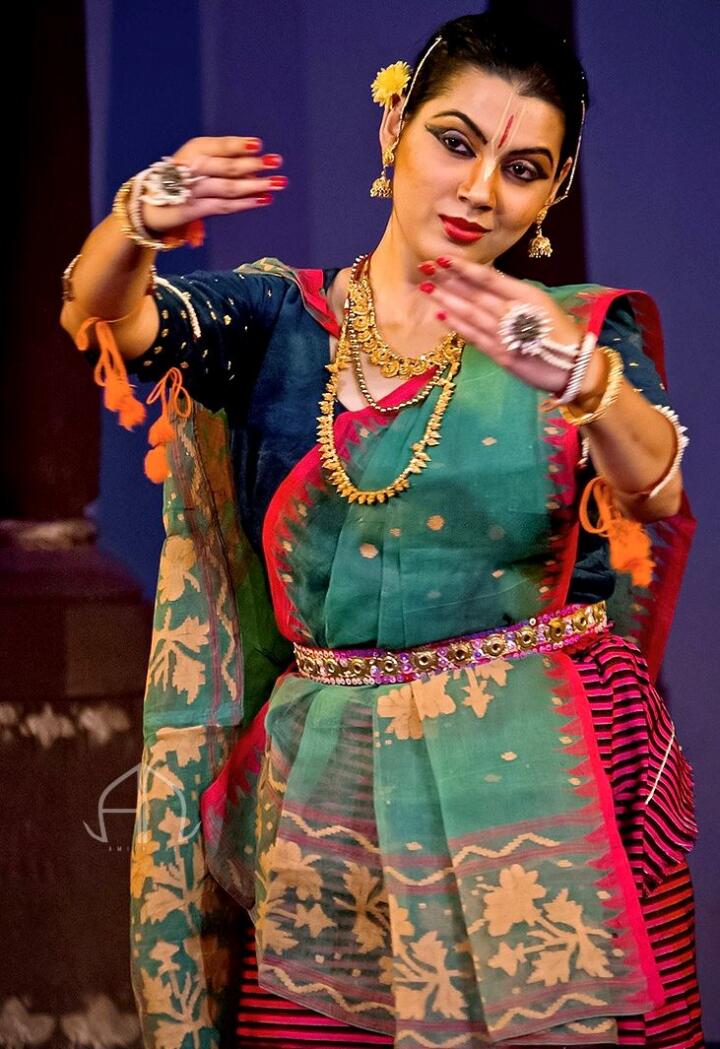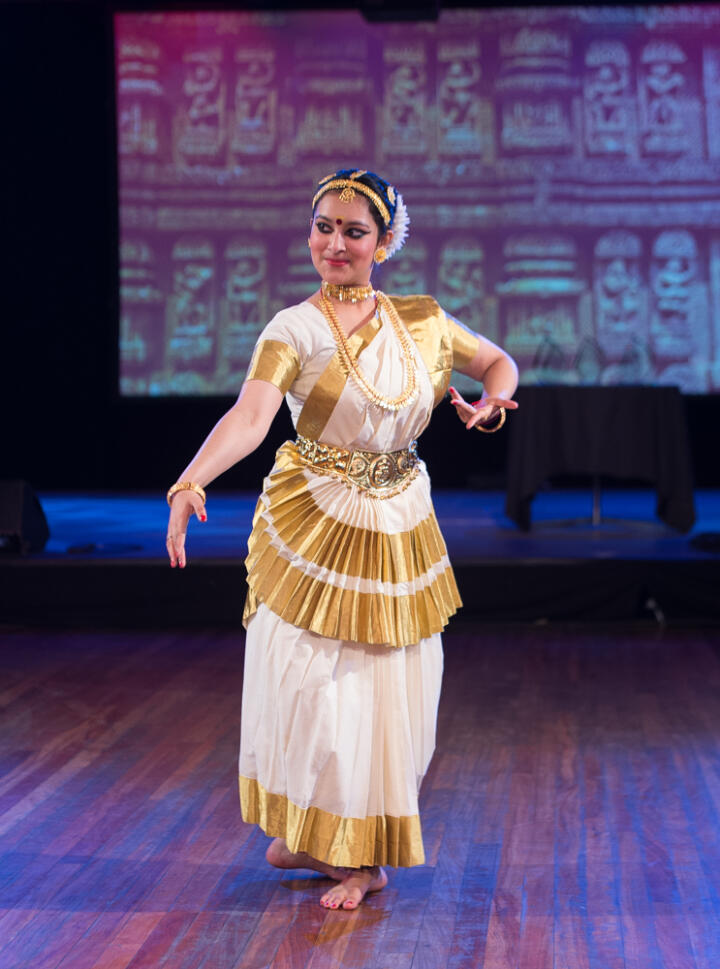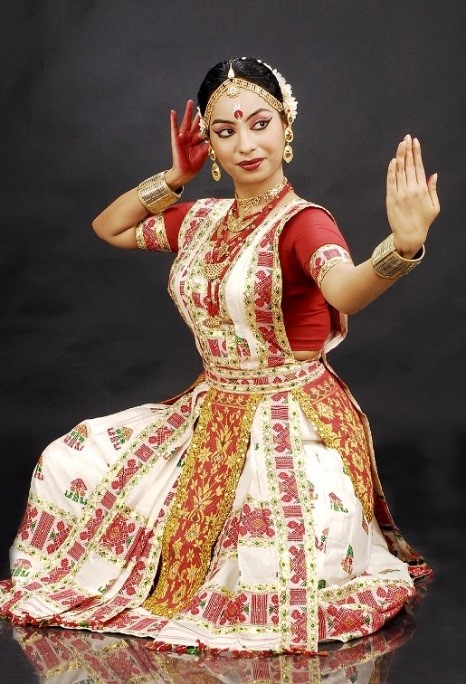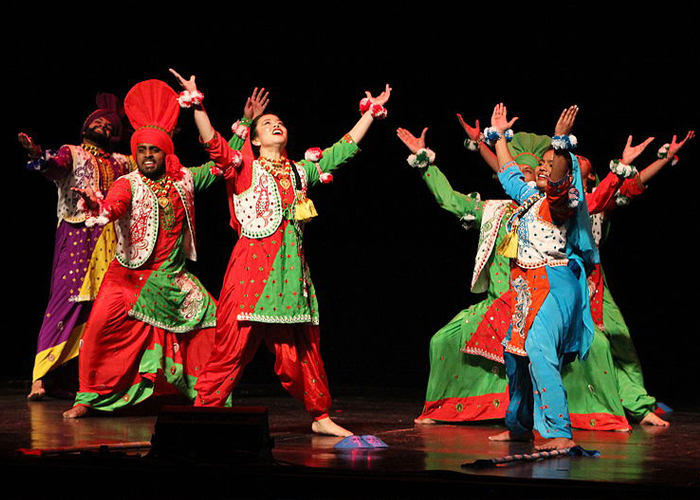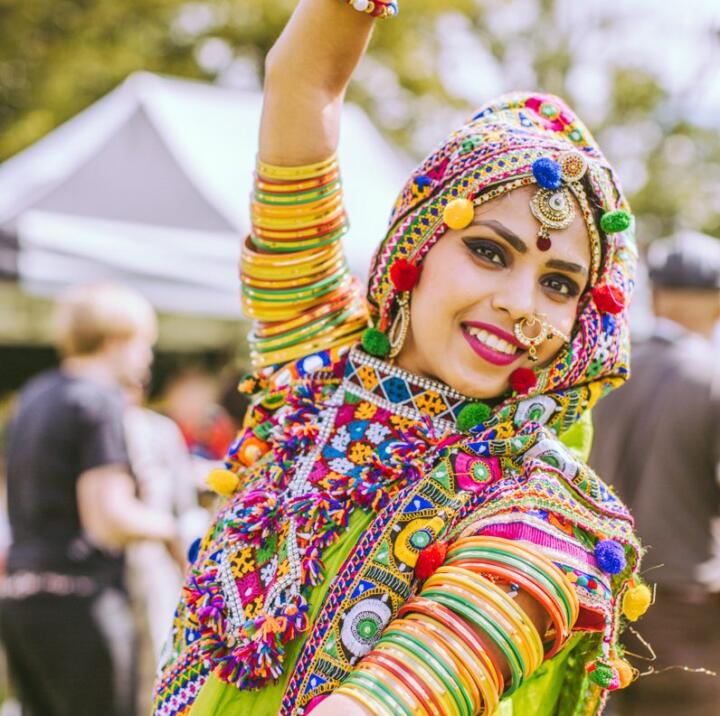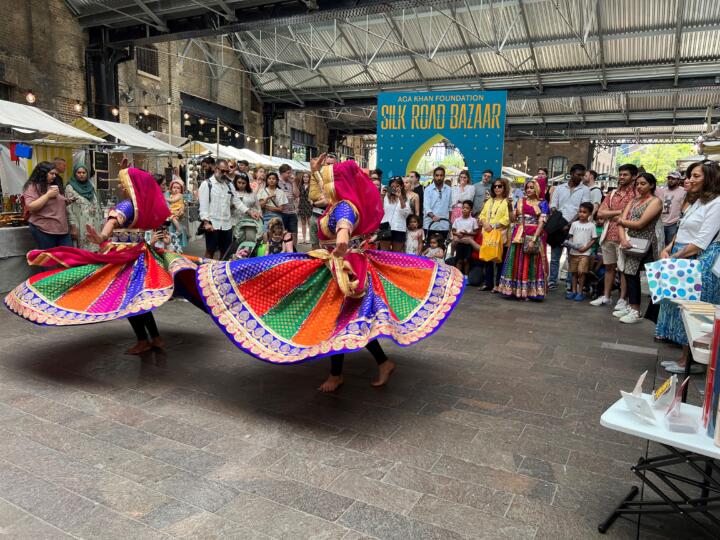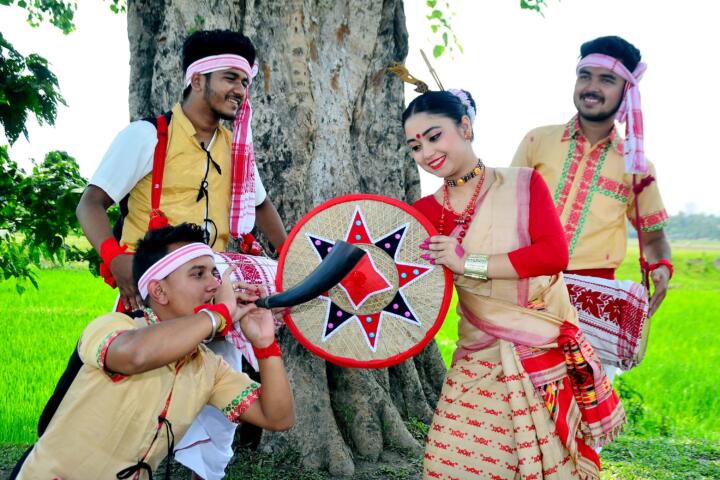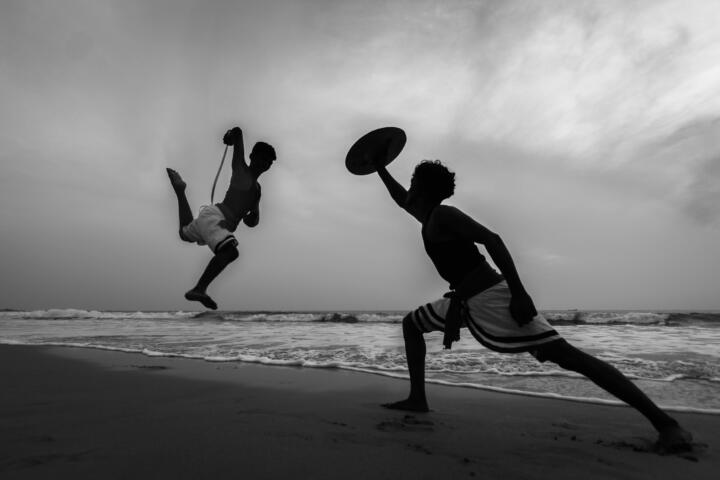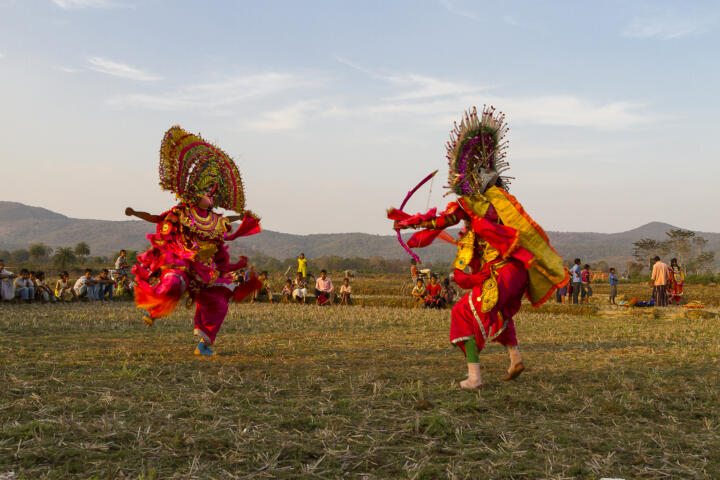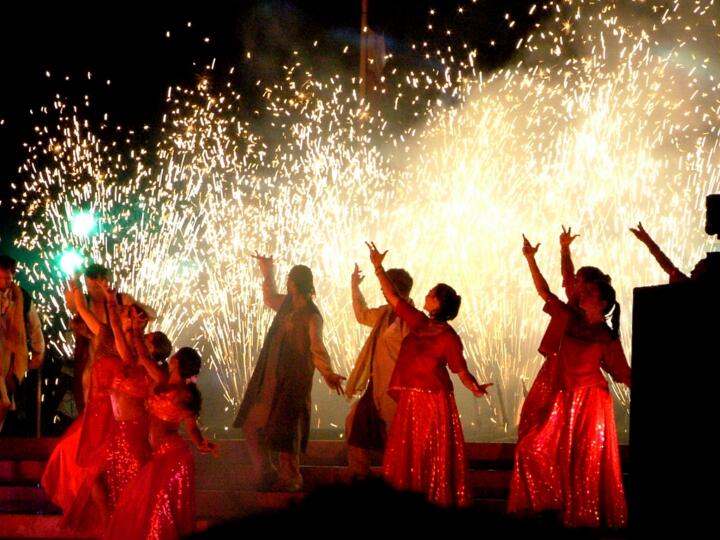Bharatanatyam
A guide to Bharatanatyam
Bharatanatyam, also spelled as Bharata Natyam, is one of the oldest classical dance forms that originated in the temples of Tamil Nadu in South India. Meaning of the word Bharatanatyam is derived from “Bhavam” means expression, “ragam” meaning music, “talam” meaning rhythm and natyam meaning dance. This dance form was codified by Sanskrit Scholar Bharata Muni in Natya Shastra, an ancient Indian treatise on the performing arts, encompassing theatre, dance and music.
The dance movements in Bharatanatyam are characterized by Aramandi or Ardhamandala, a position similar to a plié in ballet (knee bend position), combined with expressive hand gestures and elaborate facial expressions used in storytelling.
Bharatanatyam involves 3 aspects to dance; Nritta, Nritya and Natya.
- Nritta is a pure dance without any emotions or expressions. It involves rhythmic dance were movements of the body do not convey any mood or meaning.
- Nritya involves emotions and expressions, where the lyrics of the song are conveyed using hand gestures (hasta mudras) and facial expressions (abhinaya).
- Natya means dramatic representation or drama with speech, music and dancing. Natya is combination of Nritta & Nritya.
